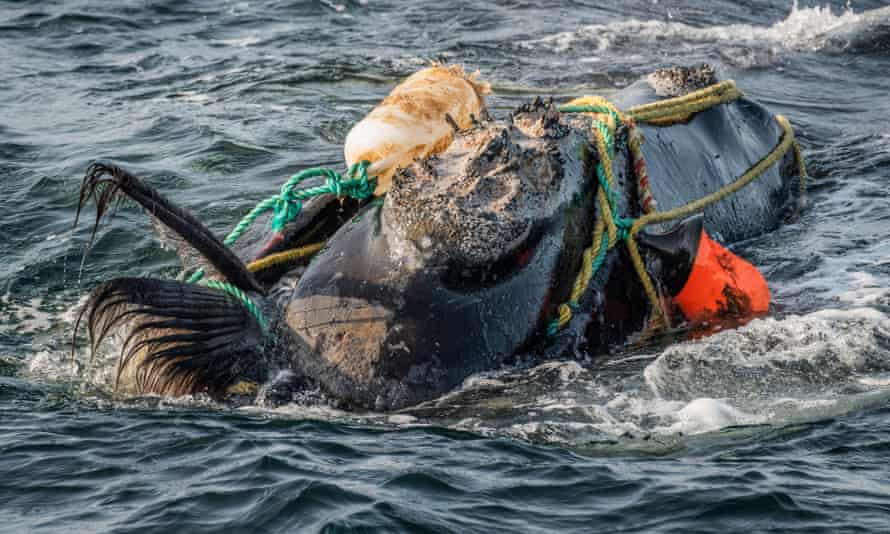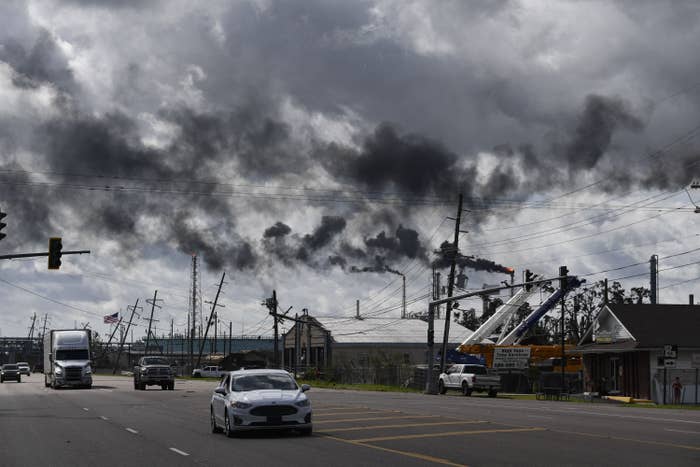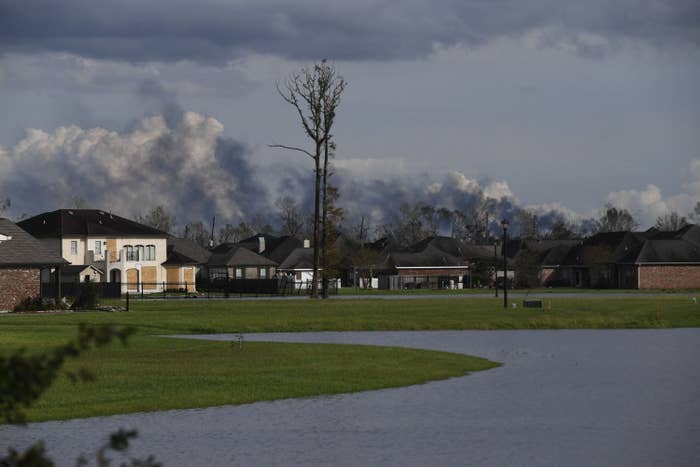CRIMINAL CRYPTO CAPITALI$M
SEC charges BitConnect founder with $2B scam as promoter pleads guilty
The U.S. Securities and Exchange Commission (SEC) has filed new charges against the founder and promoters of BitConnect, one of the digital currency industry’s largest scams to date. BitConnect founder Satish Kumbhani and the exchange’s lead U.S. promoter Glen Arcaro are facing charges in connection with their alleged roles in defrauding over $2 billion from thousands of investors.
BitConnect was a Ponzi scheme founded in 2016, which reportedly lured investors with promises of exorbitantly high returns. Kumbhani led the team that promised investors the company would utilize its proprietary “volatility software trading bot” to trade their money and make on average 40% in returns. On its website, the now-defunct exchange claimed that it guaranteed 1% in daily returns or 3,700% annually.
However, authorities said BitConnect executives siphoned the investor funds and used them for their own benefits—and paid off earlier investors with new investors’ money.
“We allege that these defendants stole billions of dollars from retail investors around the world by exploiting their interest in digital assets. We will aggressively pursue and hold accountable those who engage in misconduct in the digital asset space,” Lara Shalov Mehraban, the Associate Regional Director of SEC’s New York Regional Office said.
Authorities identified Kumbhani, 36, an Indian national whose whereabouts are currently unknown, as the brains behind the scam.
Arcaro, on the other hand, was the lead promoter of the scam in the United States, investigators said. According to the SEC charges, Arcaro undertook the promotion through his company Future Money, which he incorporated in Hong Kong. The SEC claims that he received more than $24 million in referral commissions and developing funds.
Arcaro has pleaded guilty to fraud charges in connection with his role in BitConnect, the U.S. Department of Justice announced. His sentencing is set for November 15, 2021.
In total, BitConnect is alleged to have made off with 325,000 BTC from thousands of investors. This BTC was worth $2 billion at the time but at today’s prices, it’s worth more than $15 billion.
This is the latest action against the BitConnect scam leaders and promoters by the SEC. As CoinGeek reported a week ago, the watchdog entered a $3.7 million and 190 BTC (worth $8.9 million) settlement with two promoters.




 The watchdog said WhatsApp had committed ‘severe’ and ‘serious’ infringements of the general data protection regulation Photograph: Patrick Sison/AP
The watchdog said WhatsApp had committed ‘severe’ and ‘serious’ infringements of the general data protection regulation Photograph: Patrick Sison/AP




















